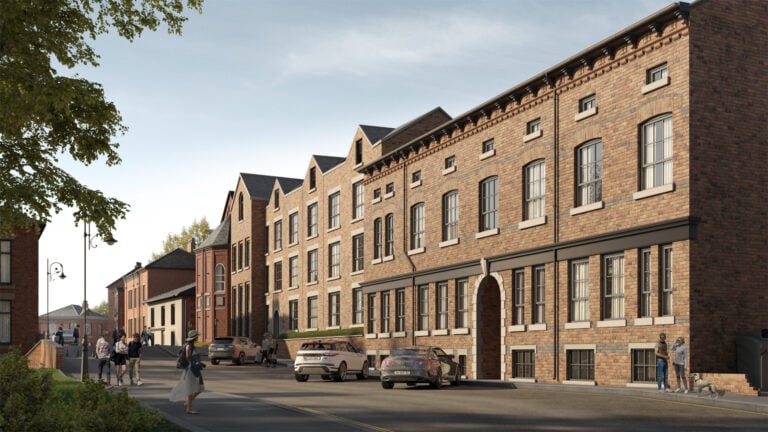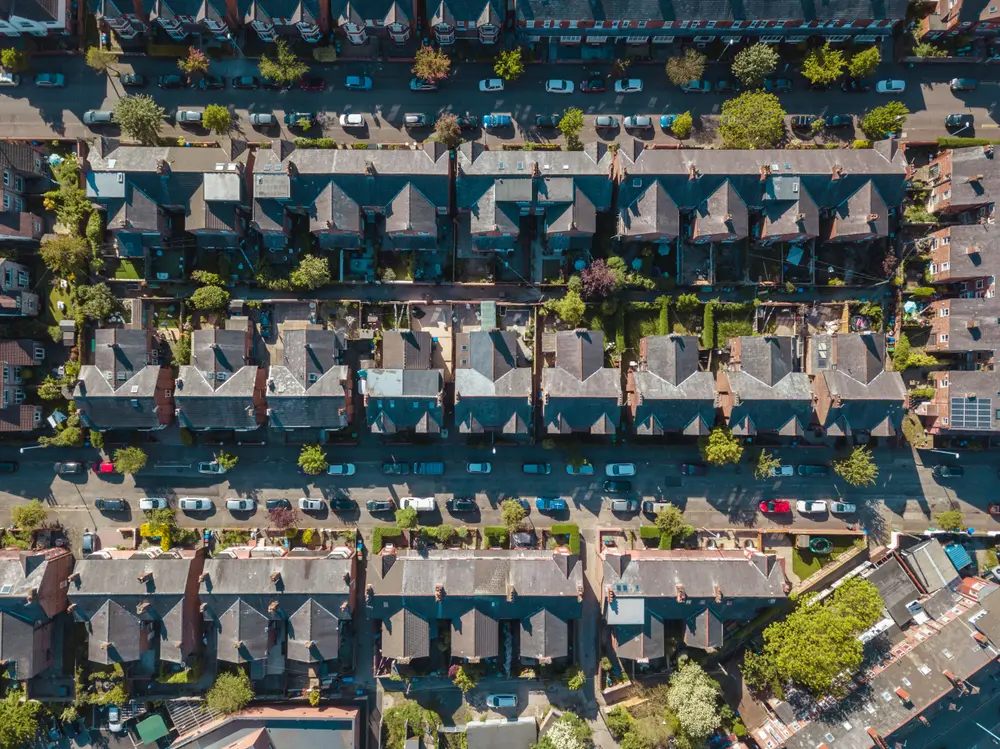The total value of homes in the UK housing market has hit a record-high, with the percentage growth in the North exceeding the South.
The housing market in the North of England has demonstrated faster value growth than the South by around £12bn, according to the latest research released by Savills, which revealed that the total value of UK homes reached £9.1bn in 2024.
The North-South divide has been an ongoing trend in the UK property sector for a number of years, as regional housing markets have fared better when it comes to value growth with buyers in these locations tending to be less reliant on debt as mortgage rates have increased.
High house prices in the South mean it remains by far the most expensive place to buy a home, though, with London and the South East accounting for more than 40% of total UK value, despite being home to just 26% of housing stock, says Savills.
However, between 2022 and 2024, the North of England as a whole saw its housing value increase by £137bn, while in the South the total value increased by £125bn, despite containing the priciest properties. This demonstrates the vast scope for growth in the housing markets of the North – and is a reason why a growing number of property investors are honing in on regional investment opportunities.
Housing market value by region
The UK housing market’s growth in 2024 came off the back of the first value fall in more than a decade in 2023, according to Savills data, when total value fell to £8.76bn. It marks a return of confidence and appetite in the sector, with buyers spurred on by wage growth and improving mortgage rates.
House prices have been consistently rising at a faster pace in the likes of the North West, Scotland and Yorkshire and the Humber, with each region adding more than £37bn to the value of their homes in the past two years; while in London the market has slowed over recent years, as affordability has come under strain.
Regional values and changes (£bn)
| Total value in 2024 | 2 year change | 10 year change | |
| London | £1,992 | £31 | £606 |
| South East | £1,698 | £60 | £630 |
| East of England | £996 | £12 | £393 |
| South West | £847 | £22 | £328 |
| North West | £720 | £37 | £311 |
| West Midlands | £632 | £22 | £265 |
| Scotland | £546 | £46 | £220 |
| East Midlands | £520 | £22 | £224 |
| Yorkshire & the Humber | £508 | £42 | £210 |
| Wales | £302 | £6 | £122 |
| North East | £191 | £12 | £66 |
| Northern Ireland | £153 | £12 | £71 |
| United Kingdom | £9,104 | £324 | £3,446 |
Source: Savills Research
The private rented sector in London is worth more than owner-occupier stock, according to research, with £617bn worth of property in the capital being rented out, according to the research. This makes London’s rental sector worth more than the total housing stock in Scotland.
More growth on the horizon
While it is difficult to pinpoint the Bank of England’s next move when it comes to interest rates, the current swell of demand in the UK housing market points to more price growth and positive prospects for capital appreciation, particularly in the top-performing parts of the North of England.
Savills head of residential research Lucian Cook said: “The value of Britain’s housing stock returned to growth in 2024 as affordability pressures eased and prices returned to growth in many areas, pushing the total value of the UK’s housing stock to another record high.
“With the Bank of England expected to cut interest rates further over the coming months, we anticipate an increase in transactional activity, particularly among second-steppers who have held off moving until rates fall. While first-time buyer activity is expected to be boosted by planned reforms to mortgage rules.
“This in turn should lead to further upward pressure on values, mitigating any impact that increased taxation and regulation will have on the private rented sector, as well as lower levels of housebuilding.”
If you’re a property investor looking to invest in one of the UK’s fastest-growing locations, get in touch with BuyAssociation today to find out about our current and upcoming opportunities.









